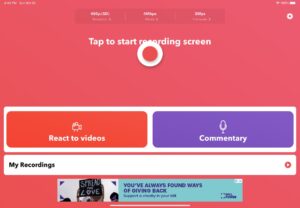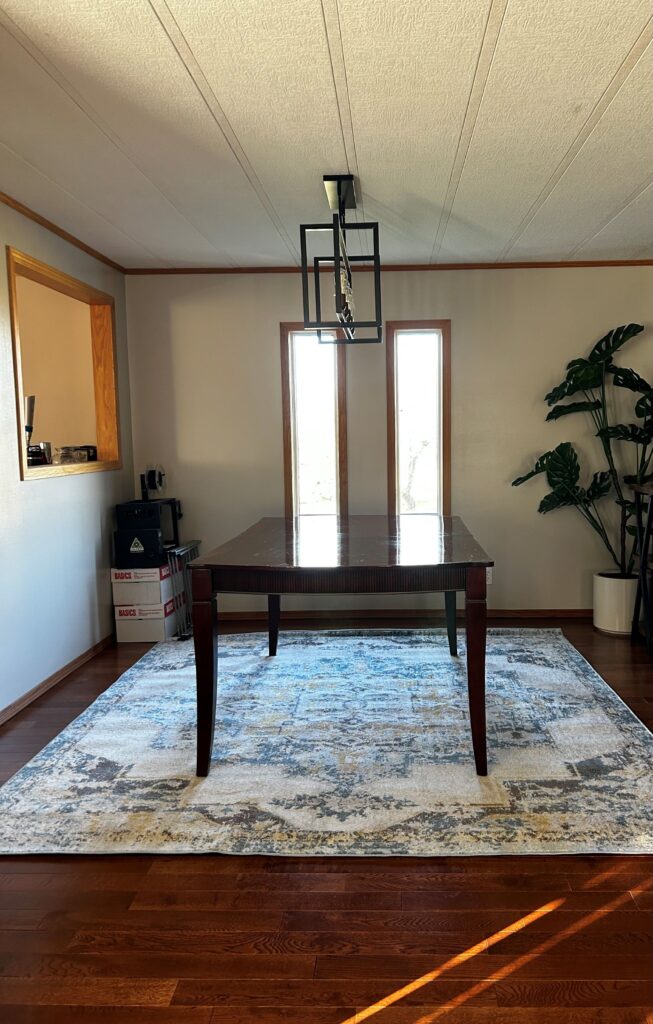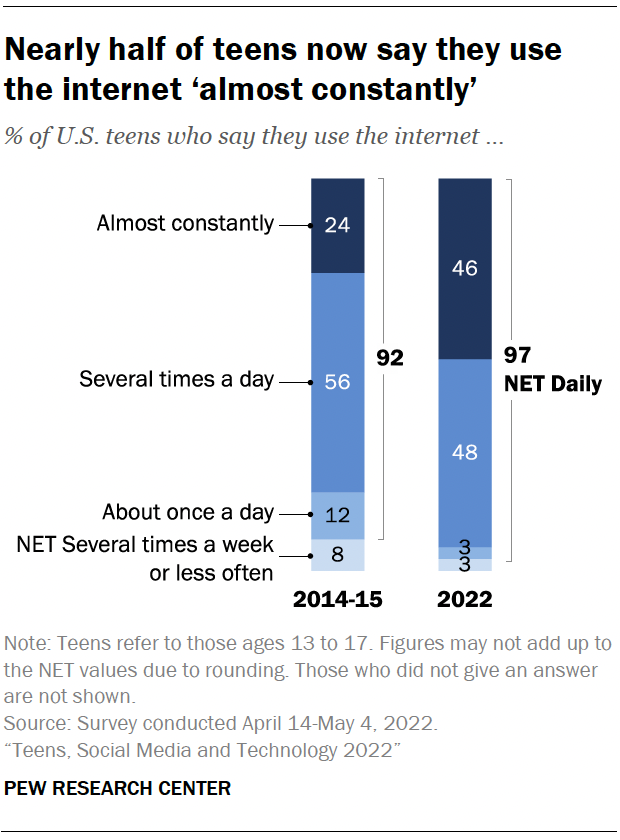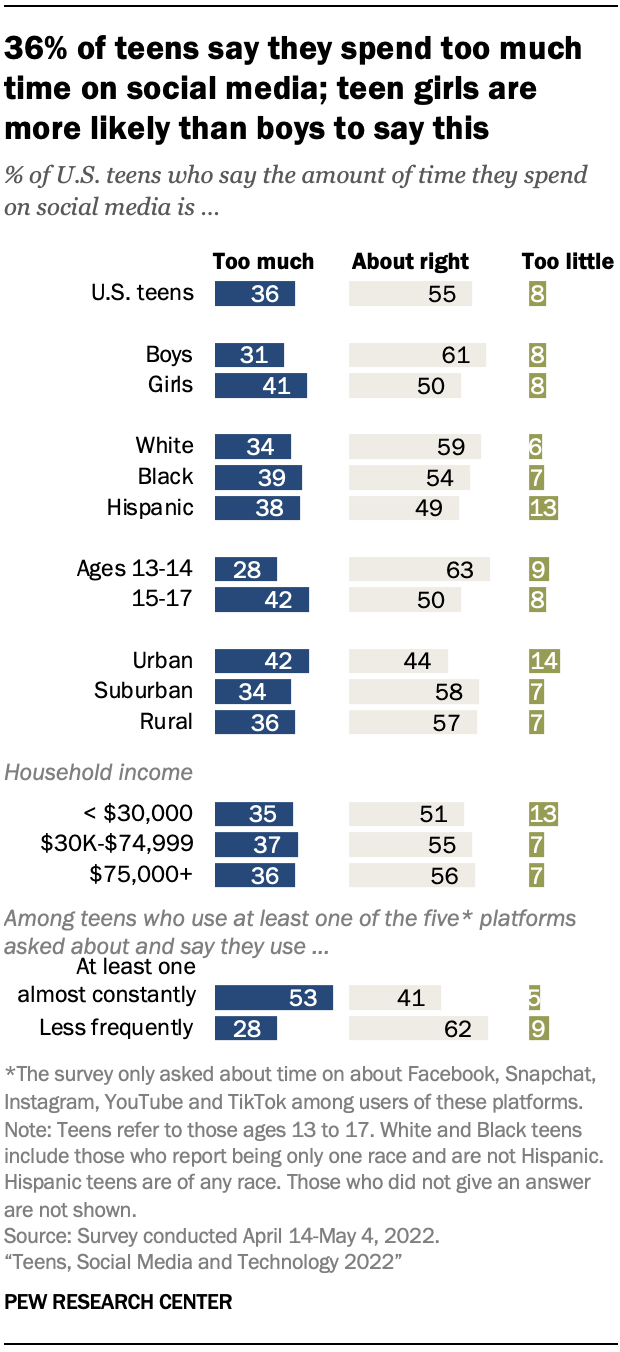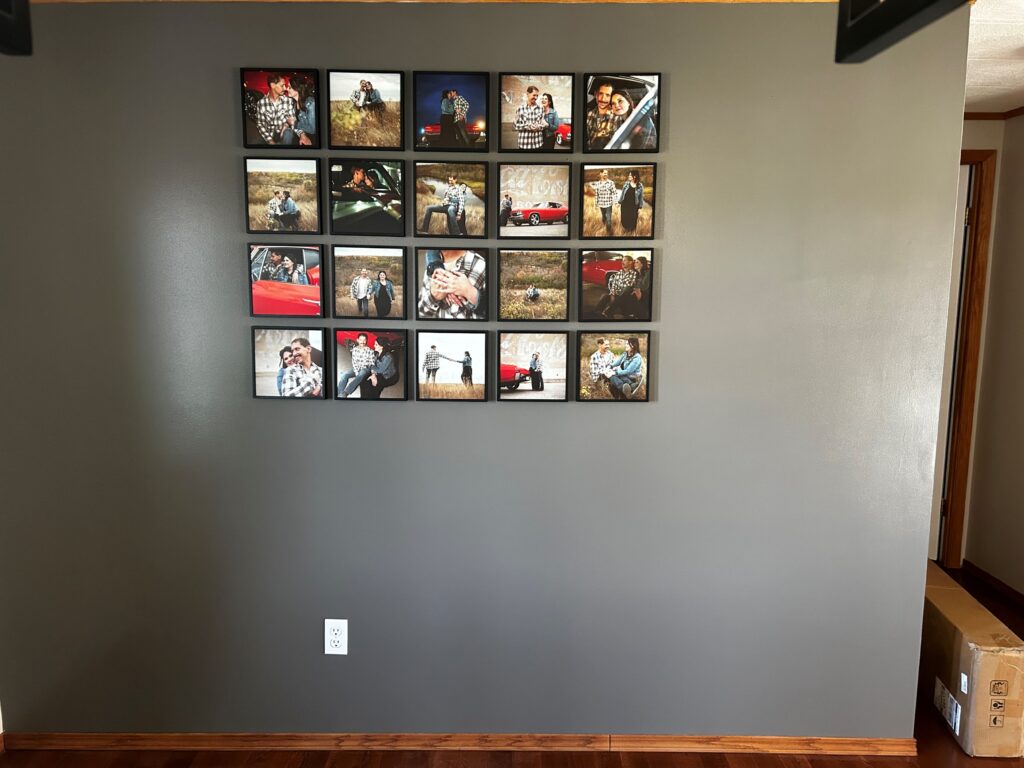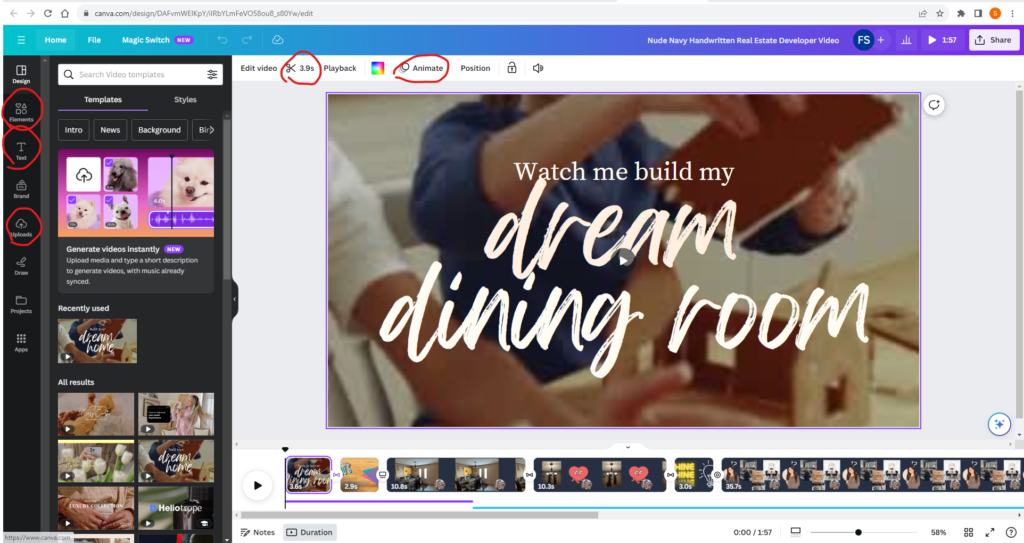This has been a tough week for me. A lot was happening, both professionally and personally, and unfortunately, it was not all good. Tackling a really cool new way to show my learning just wasn’t a priority. However, I could sit down in the evenings and watch some shows on interior design–my favourite. I think these types of shows are great ways to become inspired and to help identify your own style, often by learning what you don’t like.
My all-time favourite show is The Block; I watch the one based in Australia. I watched this in university, and then when I was in Bali–because it’s so close to Australia, I would see advertisements for it. When I got home, I made it my mission to find and start watching it again. I found it on Tubi; however, there were only two older seasons.
Here is the trailer for season 16, which I haven’t seen but would love to! What I like about this show is that most couples who compete aren’t professionals, and so you get to see them struggle through renovations and designing–much like I do. They are also always tasked with unique design challenges, which I love because I see more styles. The show is also cheesy and has some drama–can it get any better!?
In comparison, I have watched Dream Home Makeover on Netflix, and while it’s still entertaining, I find it a bit boring because it’s always the same style over and over. Plus, there are never any complete fails/flops because they are professionals. Check out the trailer below.
Another fun show that I love–and am now realizing I really love seeing everyday people tackle design is Interior Design Masters with Alan Carr, who is hilarious. Again, because this is an interior design competition, you get to see lots of different styles being tried out, some successful and others not so much. This one can also be found on Netflix.
While I didn’t make any progress on my actual dining room this week, I am feeling a little more refreshed and inspired to continue working on it.
Do you have a favourite interior design show?


